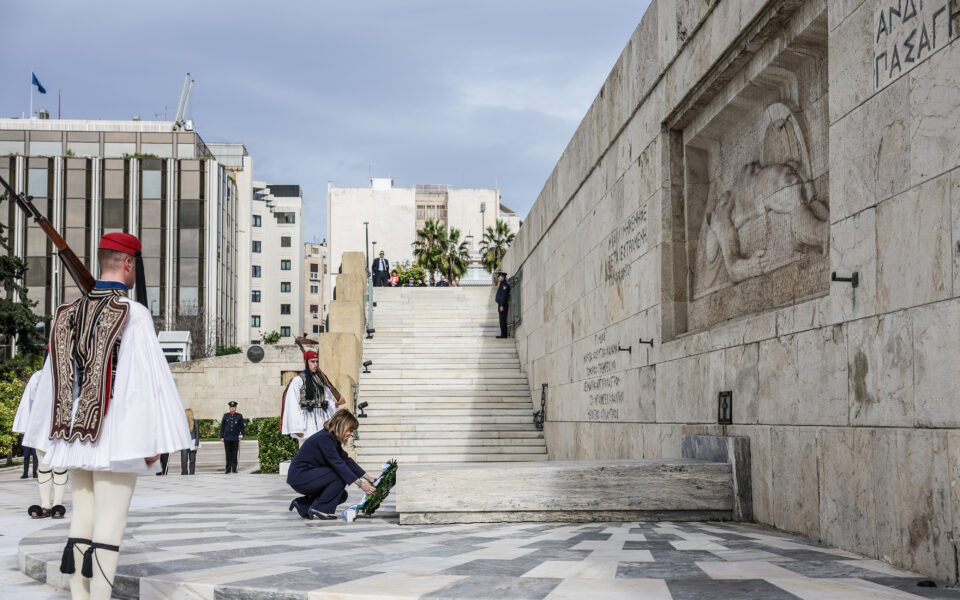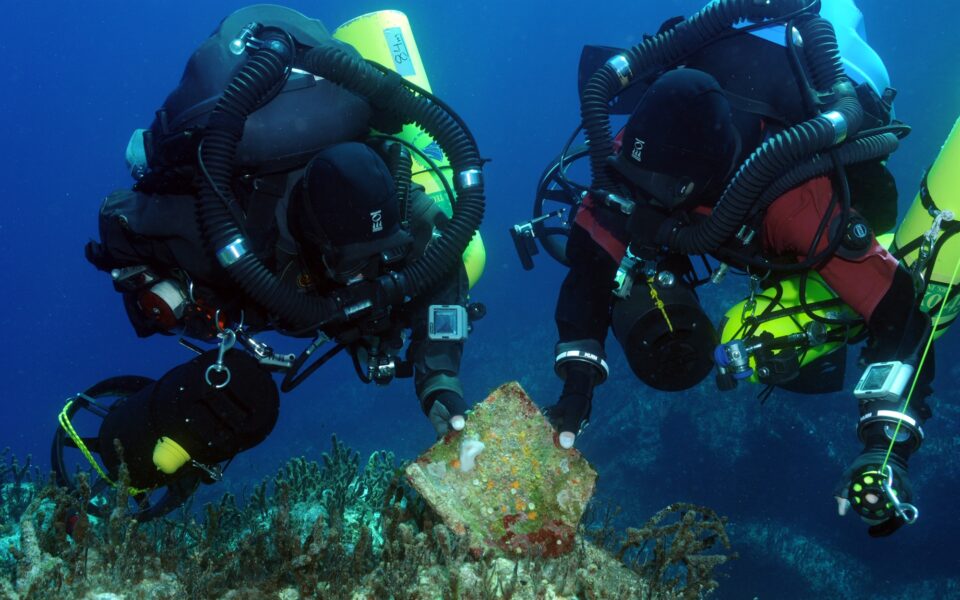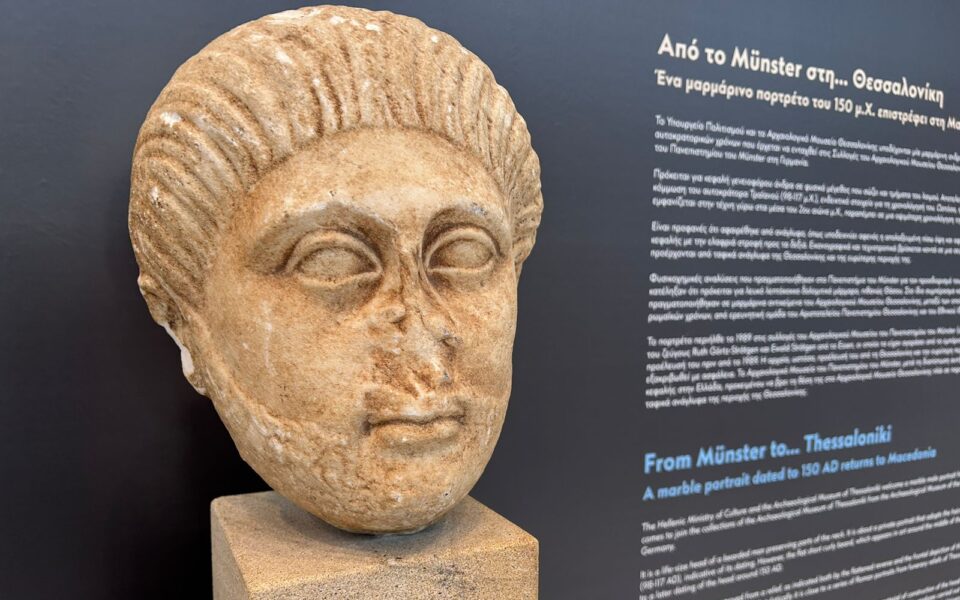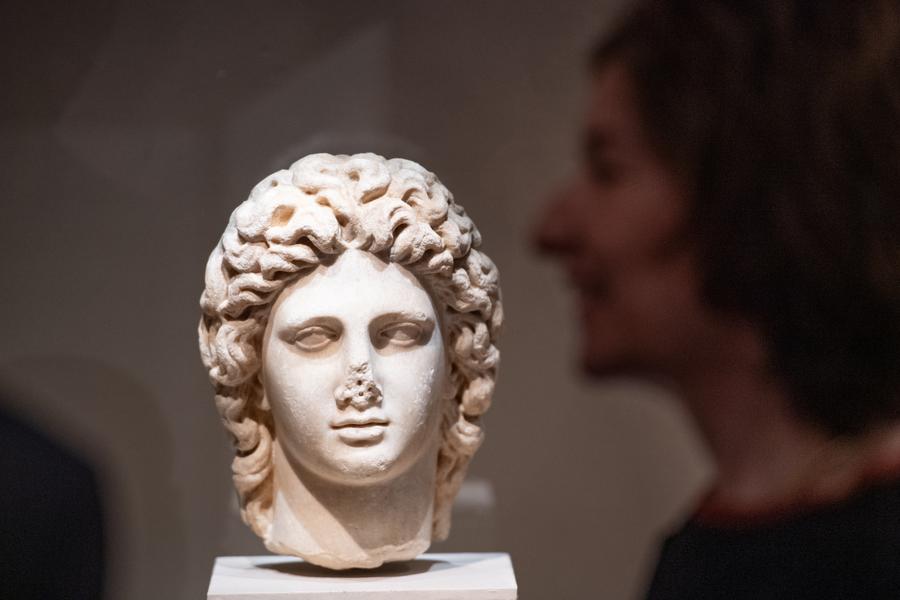Parthenon frieze pieces brought together, explained on upgraded site
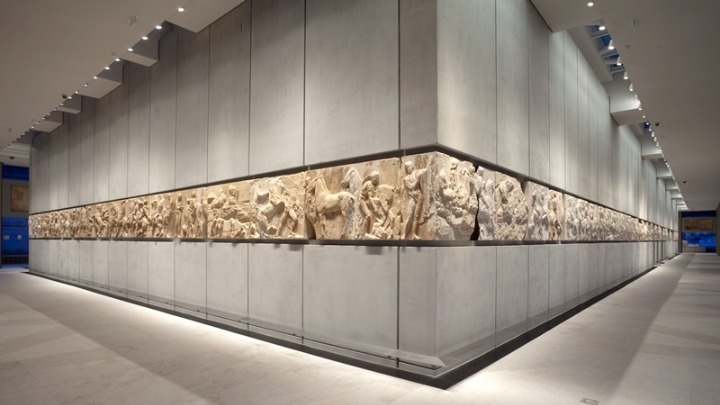

An upgraded application by the National Documentation Center (EKT), the Acropolis Museum, and the Service for Acropolis Monuments Conservation at the Ministry of Culture provides information to the public about the Parthenon frieze through the site www.parthenonfrieze.gr.
The site brings together this outstanding work of art depicting the Great Panathenaia procession in honor of goddess Athena, by providing a completed image of blocks dispersed among the Acropolis Museum, the British Museum and the Louvre.
The marble frieze was a continuous band with representations in relief encircling the upper part of the cella, or the main part of the temple within the outer colonnade. The west side depicts the preparation for the procession. The long sides, north and south, depict the main procession with the groups of horsemen and chariots and the sacrificial procession of offerings and animals. On either end of the east side are the leaders of the procession and in the middle the gods and goddesses and the main cult scene, with the handing over of the peplos, the woven material made as a gift of the Athenian people to the cult statue of the goddess.
The complete frieze on the 5th century Parthenon temple consisted of 115 blocks, had a total length of 160m, and was 1.02m high. Of the entire frieze preserved today, 50 metres are in the Acropolis Museum, 80 metres in the British Museum, one block in the Louvre and several fragments are scattered in the museums of Palermo, the Vatican, Heidelberg, Vienna and Munich.
Groups of horses and chariots occupy most of the space on the frieze. The sacrificial procession follows, with animals and groups of men and women bringing ceremonial vessels and offerings. In the middle of the east end, above the entrance to the temple, is the high point of the Panathenaia, Athens’ most important festival lasting several days. The procession ends with the giving of the peplos, the gift of the Athenian people to the cult statue of the goddess. Shown sitting left and right of the peplos scene are the twelve gods of Mt. Olympus. Shown in the procession are some 378 human and divine figures and at least 220 animals, mostly horses.
The photographs of all the frieze blocks preserved today in all museums have been combined with the drawings of J. Carrey (1674) and J. Stuart (1751), in order to give the fullest possible picture of the frieze. The visitor to the site can explore the following themes: the preparation of the procession, the participating horsemen, the chariots, the procession of offerings and animals for sacrifice, and finally, the delivery of the peplos to the goddess Athena in the presence of the gods of Olympus.
The site information is available in both Greek and English.
Source: amna.gr


